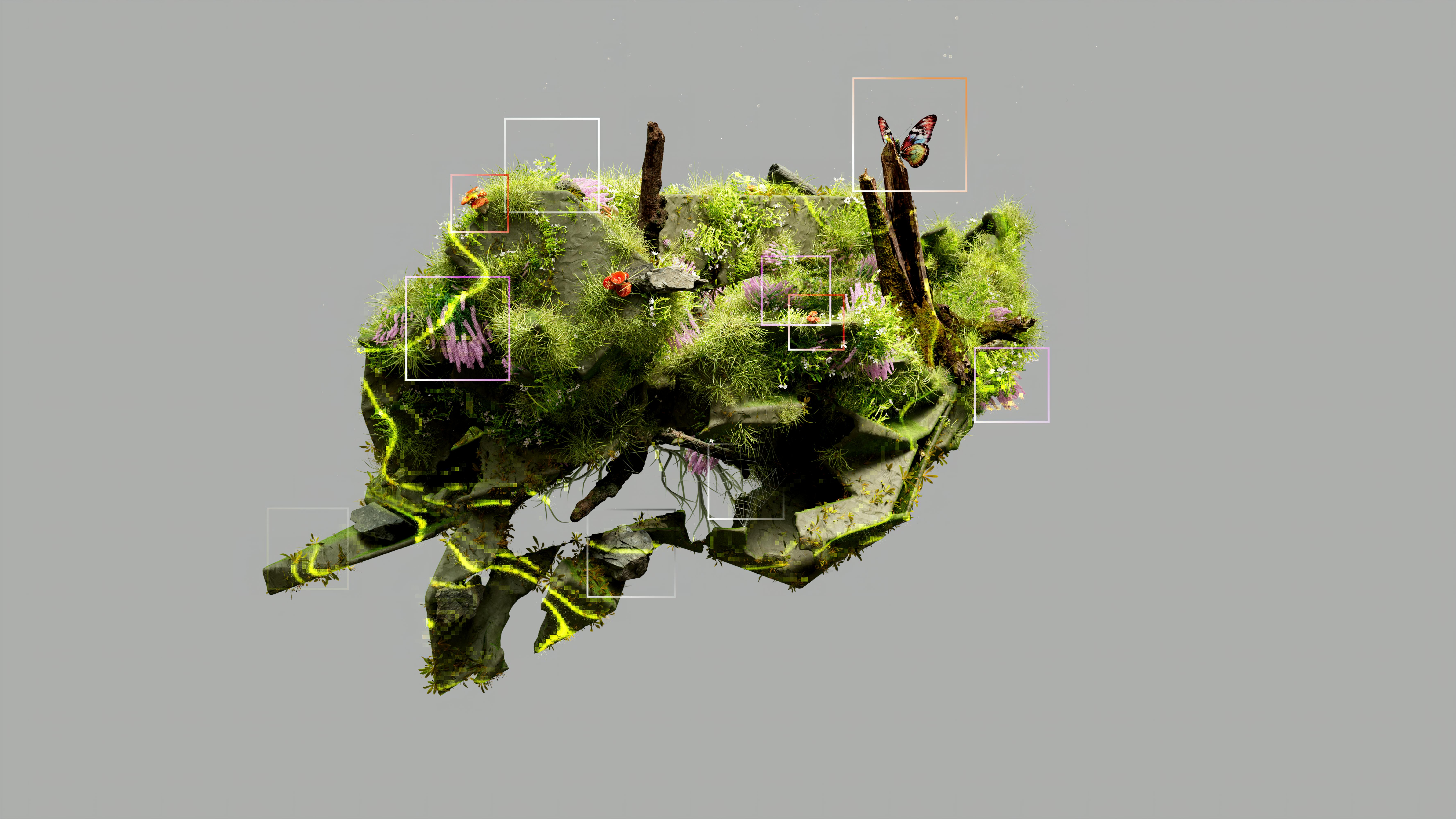The Emergence of Botanical Cinema: Nature's New Narrative
In an era where digital landscapes dominate our screens, a fresh cinematic movement is taking root, quite literally. Botanical cinema, a genre that intertwines the world of plants with storytelling, is blossoming into a captivating art form. This innovative approach to filmmaking is not only reshaping how we view nature but also challenging traditional narrative structures. As audiences seek deeper connections with the environment, botanical cinema offers a unique lens through which to explore our relationship with the natural world.

Redefining Protagonists: Plants Take Center Stage
Unlike traditional narratives, botanical cinema places plants at the forefront of storytelling. Filmmakers use time-lapse photography, microscopic imaging, and innovative sound design to reveal the hidden lives of flora. These techniques allow audiences to witness the slow, graceful movements of growing vines, the intricate dance of pollination, and the silent battles plants wage against environmental threats.
The Art of Botanical Cinematography
Capturing the subtle beauty of plant life requires a unique set of skills. Cinematographers in this field often spend months, even years, documenting the lifecycle of a single plant species. They employ specialized equipment, such as macro lenses and robotic arms, to achieve smooth, ultra-slow motion shots that reveal the plants’ minute movements. The result is a mesmerizing blend of science and artistry that challenges our perception of time and movement.
Soundscapes and Sensory Experiences
Audio plays a crucial role in botanical cinema, with sound designers creating immersive soundscapes that bring the plant world to life. Some filmmakers use acoustic ecology techniques to capture the subtle sounds of plant growth, while others compose original scores inspired by the rhythms of nature. These auditory elements, combined with visually stunning imagery, create a multisensory experience that deeply engages viewers.
Cultural Impact and Environmental Awareness
Botanical cinema is more than just a visual spectacle; it’s a powerful tool for environmental advocacy. By fostering a deeper appreciation for plant life, these films encourage viewers to consider their relationship with nature and the impact of human activity on ecosystems. Film festivals dedicated to botanical cinema have emerged, showcasing works that blend art, science, and activism.
The Future of Botanical Storytelling
As technology advances, so does the potential for botanical cinema. Virtual reality and augmented reality are opening new avenues for immersive plant-based experiences. Some filmmakers are experimenting with interactive installations that allow viewers to influence the growth patterns of digital plants in real-time, blurring the lines between film, art, and nature.





